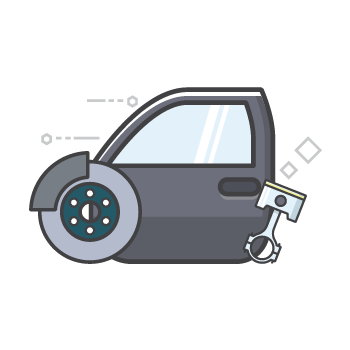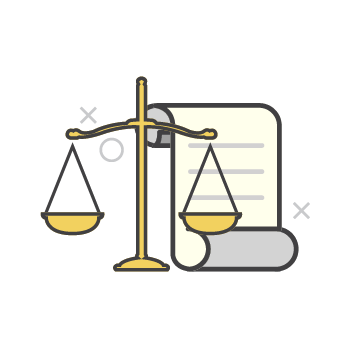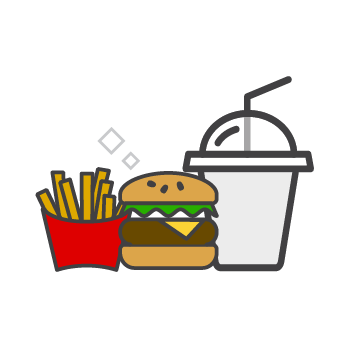Organic vs Paid Advertising: Which is Better for Your Marketing Strategy for the Holidays
by Lou-Ann Jordan Nov 29, 2021

Christmas has always been a significant peak period for businesses. As far as seasonal marketing goes, it is crucial for companies even with the downturn. As we enter a time of recovery, getting our messages out and to the right audience is of utmost importance.
The question that arises is which form of advertising is most effective: organic or paid? Both have their benefits but will either result in achieving your marketing strategy goals? To answer this question, we thought it prudent to explore what both offer so that you can make a financially viable decision.
As we enter a time of recovery, getting our messages out and to the right audience is of utmost importance. The question that arises is which form of advertising is most effective: organic or paid? Both have their benefits but will either result in achieving your marketing strategy goals? To answer this question, we thought it prudent to explore what both offer so that you can make a financially viable decision.
What is organic advertising?
It’s employing marketing tools at no cost. This type of advertising may take the form of blogs, social media updates, posts or stories, and periodic newsletters. Any of these tools work to get a brand’s message out as they aim to engage their customers by providing value-based content. To this end, you’ll see company-branded updates, stories or posts being posted regularly on social media platforms.
Why use organic advertising?
When considering the benefits of unpaid advertising, two words that first come to mind—brand presence. Organic advertising helps you keep your existing customers engaged with regular updates, posts, stories, blogs, and weekly or monthly newsletters. Marketing organically on social media can also increase your audience because when content is liked or shared, it places you before new viewers. In addition, Hootsuite highlights other uses such as it being an additional measure of customer service support, creating interaction with customers as they go through the various buying stages, and relationship building.
What type of content is used for organic advertising?
Whether you’re employing Facebook stories or updates, Instagram posts, blog posts or newsletters, the goal of your content should be the same. According to HubSpot, you should focus on creating content that provides value. It’s an opportunity to show your customers that you care about the things that matter to them. You can do so by choosing to entertain or educate your audience as an authority in your industry; the key is to ensure your content is authentic. Additionally, unpaid advertising is effective when you employ SEO best practices as it helps boost your traffic.
Before we look at paid advertising, you should know that there are ways of testing the effectiveness of your organic marketing strategy. When doing checks, focus on traffic, leads and conversion to determine if your unpaid advertising tactics are working.

What is paid advertising?
It’s any form of advertising for which a cost is attached. Many businesses invest in Google Ads, YouTube, Facebook, Instagram, LinkedIn, etc., to target specific customers. Usually, such marketing features products or services; however, some brands promote blog posts on social media channels.
Why use paid advertising?
The question arises, why pay for advertising when organic reach is possible? This form of marketing helps businesses direct their content to a clearly identified group instead of placing it before a mass, hoping to generate interest. The various platforms allow you to target users based on specific demographics that are relevant to your business. Salesforce discusses an essential element of paid marketing, stating that it is best used to achieve quick results. Besides that, the most critical aspect of paid advertising is that you can access data to determine if you had a return on your investment and your ROAS (return on advertising spend).
What type of content is used for paid advertising?
With the holiday season approaching, it’s guaranteed that you may have stock you want to get out, or a service you’re offering to customers that will be of benefit. Well, promoting through paid ads is a viable method to employ. Most often, paid ads lead customers to a product or landing page with details about the advertised item and a call-to-action feature.
Some brands run several of these at once, allowing them to access data on which products or services are top sellers. It also provides metrics on which ads prompted higher engagement. This information is vital as you can adjust your ads to serve your customers better.
When you consider all we’ve discussed, there is no doubt that both types of advertising have distinct aims. There will be times your marketing strategy may emphasise one of the two, but a plan that utilises both will be beneficial. An amalgamation of the two means you can connect with your customers, engaging them to offer relevant content that meets or unearths a need. It also means that you can then align your product or service, directing it at a target audience for whom you’ve identified has a particular demand.
So, if you haven’t yet tried them in tandem, we suggest you do. The holidays offer an excellent opportunity to see the benefits of a marketing strategy that merges organic and paid advertising tools.








